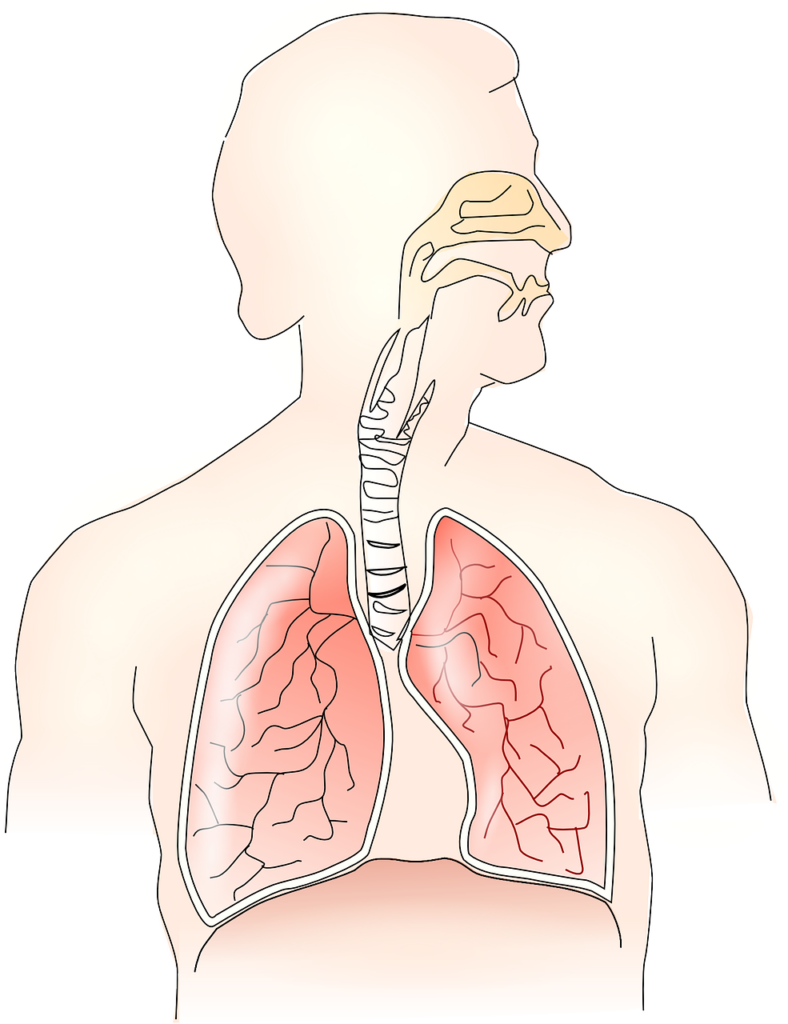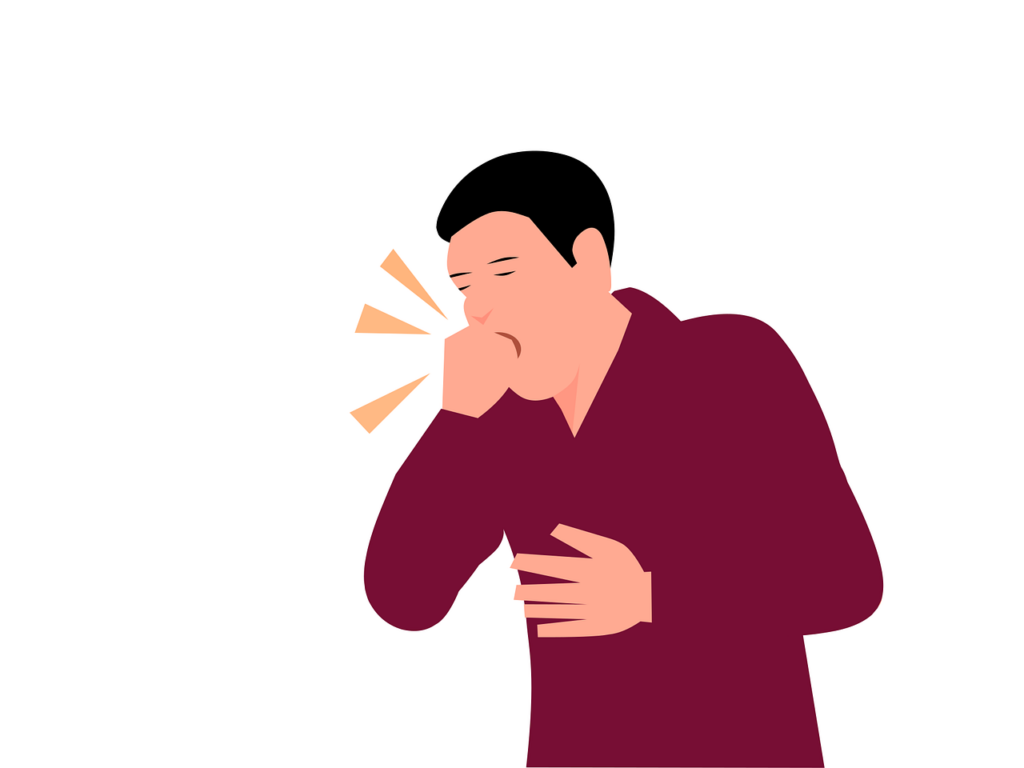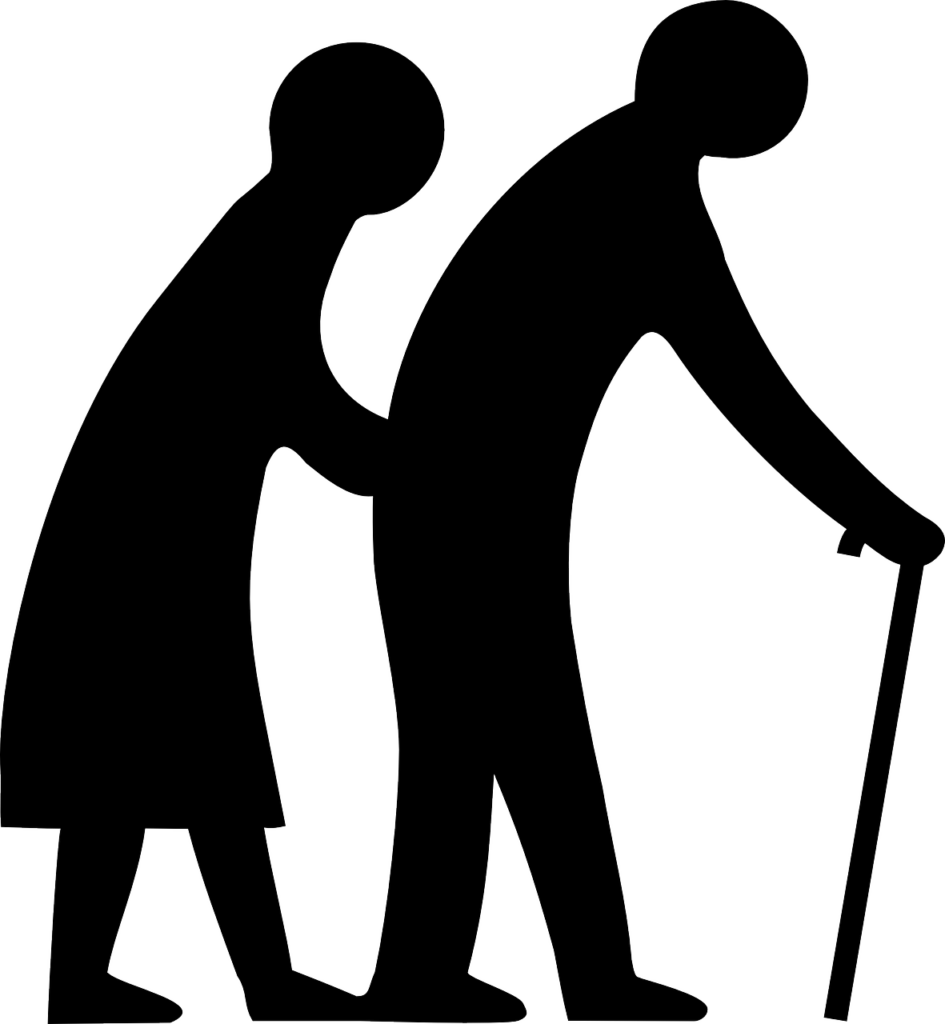What is Chronic Obstructive Pulmonary Disease (COPD)
(COPD) in Older Adults. Chronic obstructive pulmonary disease, commonly referred to as COPD is a group of progressive lung diseases.
The most common of these diseases are emphysema and chronic bronchitis. So then, many people with COPD have both of these conditions.
Emphysema slowly destroys air sacs in your lungs, which interferes with outward airflow. Also, bronchitis causes inflammation and narrowing of the bronchial tubes, which allows mucus to build up.
Unbelievably, It’s estimated that about 30 million people in the United States have COPD. As many as half are unaware that they have it.
Untreated, COPD can lead to a faster progression of disease, heart problems, and worsening respiratory infections.
Symptoms of COPD
(COPD) in Older Adults. The main symptoms of COPD are:
- shortness of breath, particularly when you’re active
- a persistent chesty cough with phlegm – some people may dismiss this as just a “smoker’s cough”
- frequent chest infections
- persistent wheezing
Without treatment, the symptoms usually get progressively worse. However, there may also be periods when they get suddenly worse, known as a flare-up or exacerbation.
Find out more about the symptoms of COPD.
People with COPD also have a higher risk for other health problems. These include:
- lung infections, like the flu or pneumonia
- lung cancer
- heart problems
- weak muscles and brittle bones
- depression and anxiety.
Common symptoms of COPD develop from mid-life onwards. But as COPD progresses, people find it more difficult to carry out their normal daily activities, often due to breathlessness. There may be a considerable financial burden due to limitations of the workplace and home productivity. Also, costs of medical treatment.
Here, COPD is sometimes called emphysema or chronic bronchitis. Emphysema usually refers to the destruction of the tiny air sacs at the end of the airways in the lungs. Likewise, chronic bronchitis refers to a chronic cough with the production of phlegm resulting from infla
Is Chronic Obstructive Pulmonary Disease (COPD) an age-related chronic condition?
(COPD) in Older Adults. COPD is a typical disease of aging as its prevalence dramatically increases with age. And ranging in the USA population from about 6.6% in the 45–54 year age group to about 12% in the over 64 age group. Here, COPD accounts for most of the people on long-term oxygen therapy, that is on average a population aged over 70 years. Furthermore, chronic obstructive pulmonary disease (COPD) is the third leading cause of death worldwide, causing 3.23 million deaths in 2019.
Causes
(COPD) in Older Adults. Several processes can cause the airways to become narrow and lead to COPD. There may be destruction of parts of the lung, mucus blocking the airways, and inflammation and swelling of the airway lining.
COPD develops gradually over time, often resulting from a combination of risk factors:
- tobacco exposure from active smoking or passive exposure to second-hand smoke;
- occupational exposure to dust, fumes, or chemicals;
- Hence, indoor air pollution, biomass fuel (wood, animal dung, crop residue), or coal is frequently used for cooking and heating. Especially, in low- and middle-income countries with high levels of smoke exposure;
- early life events such as poor growth in utero, prematurity, and frequent or severe respiratory infections in childhood that prevent maximum lung growth;
- asthma in childhood; and
- a rare genetic condition called alpha-1 antitrypsin deficiency, which can cause COPD at a young age.
But COPD should be suspected. If a person has typical symptoms, the diagnosis is confirmed by a breathing test called spirometry. For example, this measures how the lungs are working. However, in low- and middle-income countries, spirometry is often not available so the diagnosis may be missed.
Treatment

(COPD) in Older Adults. COPD isn’t curable, but it can get better by not smoking, avoiding air pollution, and getting vaccines. Consequently, it can be treated with medicines, oxygen, and pulmonary rehabilitation.
There are several treatments available for COPD.
Inhaled medicines that open and reduce swelling in the airways are the main treatments.
Bronchodilator inhalers are the most important medicines for treating COPD. They relax the airways to keep them open.
Short-acting bronchodilators start to work in seconds and can last for 4–6 hours. And these are often used during flare-ups.
Long-acting bronchodilators take longer to start working but last longer. These are taken daily and can be combined with inhaled steroids.
Other treatments may also be used:
- Steroid pills and antibiotics are often used to treat flare-ups.
- Oxygen is used for people who have had COPD for a long time or have severe COPD.
- Pulmonary rehabilitation teaches exercises to improve your breathing and ability to exercise.
- Surgery may improve symptoms for some people with severe COPD.
Some inhalers open the airways and may be given regularly to prevent or reduce symptoms, and to relieve symptoms during acute flare-ups. Therefore, inhaled corticosteroids are sometimes given in combination with these to reduce inflammation in the lungs.
Inhalers must be taken using the correct technique. And in some cases with a spacer device to help deliver the medication into the airways more effectively. Access to inhalers is limited in many low- and middle-income countries; in 2021 salbutamol inhalers were generally available in public primary healthcare facilities in half of low- and low-middle-income countries.
Incidentally, flare-ups are often caused by a respiratory infection, and people may be given an antibiotic or steroid tablets in addition to inhaled or nebulized treatment as needed.
Living with COPD
(COPD) in Older Adults. Lifestyle changes can help improve symptoms of COPD.
Generally, quit smoking or vaping. This is the most important thing to do. In this case, even if you have been smoking for many years, quitting can still help. As a rule, avoid second-hand smoke or smoke from indoor cooking fires. Above all, stay physically active.
Protect yourself from lung infections:
- Get a flu vaccine every year.
- Get the pneumonia vaccine.
- Get all available COVID-19 vaccines and make sure you have had the latest boosters.
People living with COPD must be given information about their condition, treatment, and self-care to help them stay as active and healthy as possible.
World Health Organisation (WHO) response
(COPD) in Older Adults. COPD is included in the WHO Global Action Plan for the Prevention and Control of Noncommunicable Diseases (NCDs), And the United Nations 2030 Agenda for Sustainable Development.
WHO is taking action to extend the diagnosis of and treatment for COPD in several ways.
The WHO Package of Essential Noncommunicable Disease Interventions (PEN) was developed to help improve NCD management in primary health care in low-resource settings. Here, PEN includes protocols for the assessment, diagnosis, and management of chronic respiratory diseases. (asthma and chronic obstructive pulmonary disease), also with modules on healthy lifestyle counseling, including tobacco cessation and self-care.
Rehabilitation 2030 is a new strategic approach to prioritize and strengthen rehabilitation services in health systems. Pulmonary rehabilitation for COPD is included in the Package of Interventions for Rehabilitation, currently under development as part of this WHO initiative.
In this case, reducing tobacco smoke exposure is important for both primary prevention of COPD and disease management. Accordingly, the Framework Convention on Tobacco Control is enabling progress in this area. Under, WHO initiatives such as MPOWER and Tobacco Cessation.
Consequently, the Global Alliance against Chronic Respiratory Diseases (GARD) contributes to WHO’s work to prevent and control chronic respiratory diseases. GARD is a voluntary alliance of national and international organizations and agencies from many countries committed to the vision of a world where all people breathe freely.
DONATE
Pensioner Fitness Awards
THE BUSINESS CONCEPT, BEST IN BUSINESS AWARDS
- “MOST INSPIRING SENIOR WELLNESS WEBSITE 2023“
THE GLOBAL HEALTH AND PHARMA, FITNESS AND NUTRITION AWARDS
2. “BEST SENIOR FITNESS AND NUTRITION SPECIALIST 2023“
THE MIDDLE EAST AND AFRICA BUSINESS AWARDS
3. “ MOST INCLUSIVE FITNESS PROVIDER 2023″
THE CORPORATE LIVE WIRE GLOBAL AWARDS 2023/2024
4. ” FITNESS ADVISORY PLATFORM OF THE YEAR“ 2023/2024
In Conclusion
COPD cannot be reversed. However, quitting smoking, managing any allergies, and following an exercise program are all things you can do to help slow its progression. Smoking and air pollution are the most common causes of COPD. People with COPD are at higher risk of other health problems.
COPD is not curable but symptoms can improve if one avoids smoking and exposure to air pollution and gets vaccines to prevent infections. It can also be treated with medicines, oxygen and pulmonary rehabilitation.
Important Note *
Remember that everyone is different, it is ultimately YOUR RESPONSIBILITY to find what your body responds to. So please do your due diligence before trying anything new, including getting Medical Advice to ensure your safety and peace of mind.
Connect with me and leave a comment or two on my social media…



